I have been given a gift, a pack of wild flower seeds. A thoughtful present but I am not sure what to do with it. The seeds are packaged by OSC seeds, a southern Ontario nursery in Waterloo. Most likely the wild flowers are southern Ontario varieties and therefore, dicey for the north. If would have been helpful if OSC had listed the names of the flower species on the packet but they did not. Most seed mixtures like this one do not list the contents, therefore, it's a pig in a poke. The blurb says the packet contains a mixture of annuals and perennials and will reseed themselves every year. Well, maybe.
As a general rule, I do not like seed mixtures but I see they are sold all over town. I would like to hear from someone who has had success with them.
It seems strange that a Northerner, surrounded by thousands of square miles of wild plants, would attempt to grow southern Ontario wild flowers. Growing our own northern species is a good way to attract birds. The local nurseries offered a good selection of native plants last year. Last July, I bought two common mullein plants from George’s Market for my dry front garden. I’m hoping they’ll take to the conditions there. These biennial plants form a rosette of pale green hairy leaves the first year and the second year produce a six foot stalk with yellow flowers. Let us hope!
I know a very nice garden created from plants liberated from the back lanes of Fort William. The gardener also found a few plants at a gravel pit and along an abandoned railway. These dry-land plants are more successfuly transpalnted han the woodland varieties.
In Thunder Bay, lovely volunteers arrive in every garden, carried by those busy gardeners – the wind and the birds. From them, I received feverfew, ox-eye daisies, yarrow, black eyed Susans, sunflowers, tansy, Queen Anne’s lace, golden rod and campanula, (or bell flower, both purple and white). Many of these, such as the ox-eye daisy, are introduced species or garden cultivars gone wild. Such is common tansy, a fine garden plant. Others, such as the goldenrod and black-eyed susans, are native.
Some people bring in plants from camp or their bush property but it is a tricky business. The soil in the deep bush is acidic and the woodland plants need the right conditions to grow. Many native wild flowers usually bloom only once a year and only for a short time. However, some are quite showy. I see a lot of Joe Pye Weed around town. If you have a dampish spot, this big brawny plant may be a good choice.
So IMHO, if you want a wild flower garden, get plants from this area. Go slowly and see what will take to your city plot. Shrubs such as wild rose, high bush cranberry and mountain ash often do well. On your garden walks, check what is growing around town. Look at the back lanes and empty lots for ideas.
Thursday, 27 March 2008
THE WILD FLOWER GARDEN, part 1.
Labels:
black eyed susans,
mullein,
native plants,
wild flower gardens
Subscribe to:
Post Comments (Atom)

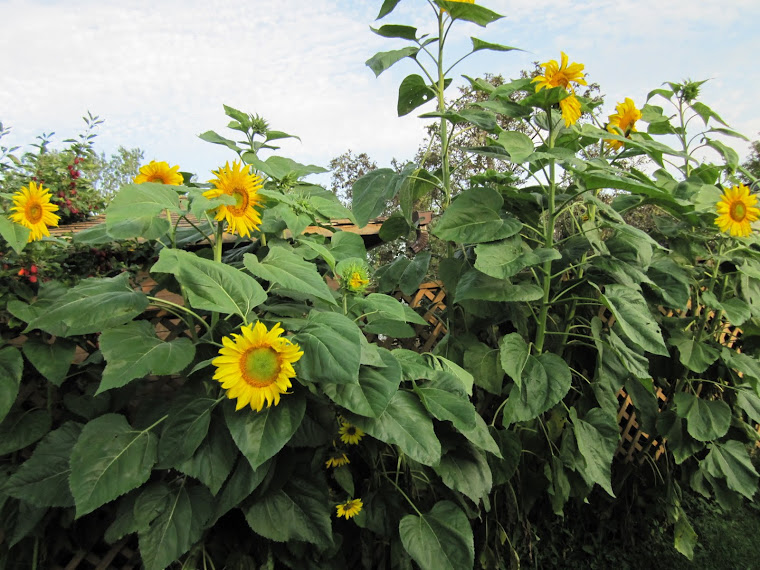

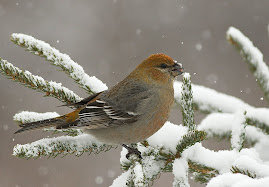



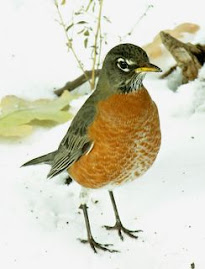

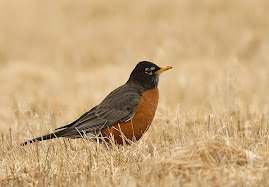
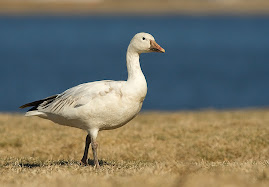

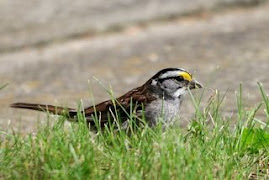

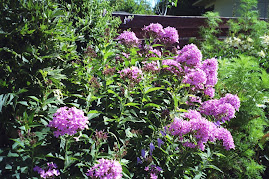
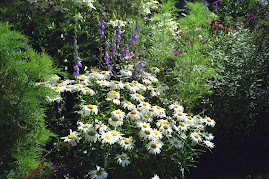
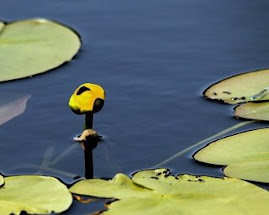

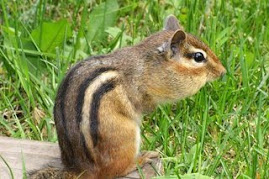











































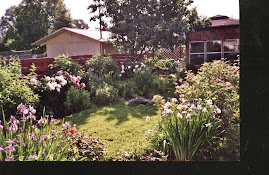





No comments:
Post a Comment